If you've browsed the supplement aisle lately, you’ve probably noticed vitamins don’t just come in pills anymore. Liquid vitamins are having a moment, and it’s not just marketing hype.
But what exactly are liquid vitamins? How are they made, and how do they stack up against the traditional pill, capsule, or gummy? More importantly, are they right for you?
In this comprehensive guide, we’ll explore:
-
What liquid vitamins are (and how they’re formulated)
-
How liquid vitamins compare to pills
-
What to look for when choosing a liquid vitamin supplement
-
Practical considerations before adding them to your routine
What Are Liquid Vitamins and How Are They Made?
At the simplest level, liquid vitamins are just what they sound like: nutrients delivered in a fluid base rather than a solid pill.
Liquid vitamin forms
Liquid vitamins come in several types:
-
Single-ingredient liquids (e.g., liquid B12, liquid D3)
-
Liquid multivitamins (broad daily formulas)
-
Liposome-encapsulated liquids (nutrients wrapped in microscopic lipid spheres designed to help protect nutrients through digestion)
Some people find these formats more convenient—especially if swallowing pills feels like wrestling a dry sponge.
Common ingredients
Depending on the formulation, liquid vitamins often include:
-
Water or oil bases
-
Natural flavorings (fruit extracts, monk fruit, stevia)
-
Preservatives to help maintain shelf life
-
Stabilizers or emulsifiers to keep everything blended
It’s worth reading the ingredient list—not just the front label—so you know exactly what you’re getting.
Liquid Vitamins vs Pills: What’s the Difference?
Liquid vitamins aren’t automatically “better,” but they do come with some practical differences.
Manufacturing
-
Pills & capsules: Made by compressing powders or filling gelatin/veggie capsules.
-
Liquids: Require specialized blending, flavoring, and sometimes liposomal encapsulation—often making them pricier.
Convenience factors for different users
-
Liquids may be easier to swallow, especially for seniors, kids, or anyone who dislikes pills.
-
Some people find pouring or using a dropper easier than counting tablets.
-
Pills, however, don’t spill, need no measuring, and can live in a bag or drawer.
Storage and shelf-life
-
Liquids often need refrigeration after opening, and may have a shorter shelf life.
-
Pills typically store at room temperature and last longer.
How to Choose a Liquid Vitamin Supplement
Choosing a liquid vitamin isn’t about what’s trendy—it’s about what fits your routine.
Ask yourself:
-
Do I struggle swallowing pills?
-
Am I looking to simplify my supplement routine?
-
Am I comfortable refrigerating and measuring daily doses?
Remember: the word “liquid” alone doesn’t make a product higher quality. Focus on what’s actually inside the bottle.
How to Select Quality Liquid Vitamin Supplements
Here’s how to be a savvy supplement shopper:
Reading ingredient labels carefully
-
Look for what’s actually included—not just marketing words.
-
Check sugar content, artificial sweeteners, and fillers.
-
Confirm the nutrients match your needs.
Look for third-party testing
-
Reputable brands use independent labs to verify purity and potency.
-
Seals like NSF, USP, or Informed Choice can add peace of mind.
Be aware of additives and fillers
-
Preservatives and emulsifiers aren’t automatically negative, but it helps to know what you’re consuming.
Follow dosage recommendations and safety guidelines
-
More isn’t always better.
-
Fat-soluble vitamins (A, D, E, K) can accumulate in the body, so stick to guidance.
Consulting healthcare providers
-
Especially if you’re on medication, have chronic conditions, or are pregnant/nursing.
-
Bring the actual supplement facts panel to appointments.
Practical Considerations for Liquid Vitamins
Before you make space in the fridge, think about your lifestyle:
Storage requirements
-
Some liquids must be refrigerated; others are shelf-stable.
-
Heat and light can degrade certain nutrients.
Measuring and taking liquid supplements
-
Many come with a dropper or measuring cup.
-
Shake well before each dose to keep nutrients distributed.
Combining with food or beverages
-
Some people mix liquids into juice or smoothies.
-
Avoid hot drinks, which may damage certain vitamins.
Travel and portability
-
Liquids can spill.
-
TSA liquid rules mean travel-sized bottles may be needed.
Bottom Line
Liquid vitamins can be a great option if you:
-
Prefer not to swallow pills
-
Want flexible dosing
-
Like liposomal formulations designed to help support nutrient absorption
But the delivery form isn’t the whole story. Quality sourcing, independent testing, and honest labeling matter most.
When choosing any supplement:
-
Read labels carefully
-
Confirm third-party testing
-
Follow dosage guidance
-
Talk with your healthcare provider
Quick Recap
-
Liquid vitamins aren’t automatically “better” than pills; they’re just different.
-
They may be easier to swallow and fit more easily into daily routines.
-
Always focus on what’s inside the bottle—not just the format.
-
For health-conscious adults, especially those 40+, an informed, label-savvy approach is smarter than chasing trends.
Want to Learn More?
Explore our complete line of liposomal supplements designed for daily wellness, backed by responsible sourcing and transparent testing.
*These statements have not been evaluated by the Food and Drug Administration. This product is not intended to diagnose, treat, cure, or prevent any disease. Always consult a qualified healthcare provider before starting any supplement regimen.
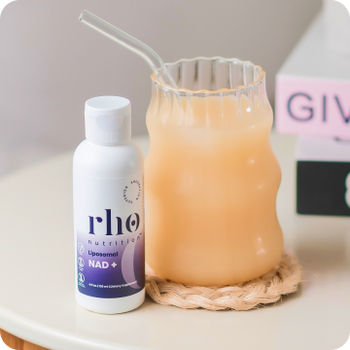
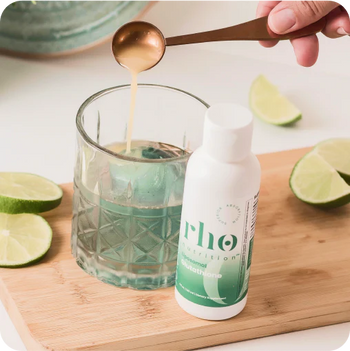
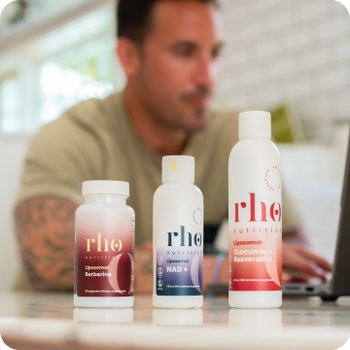
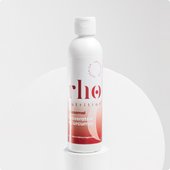
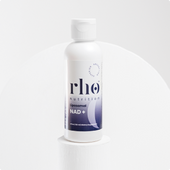
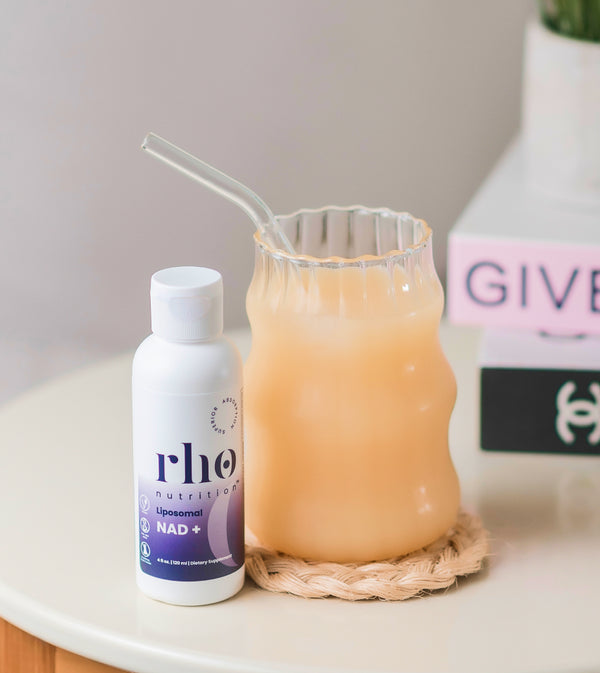
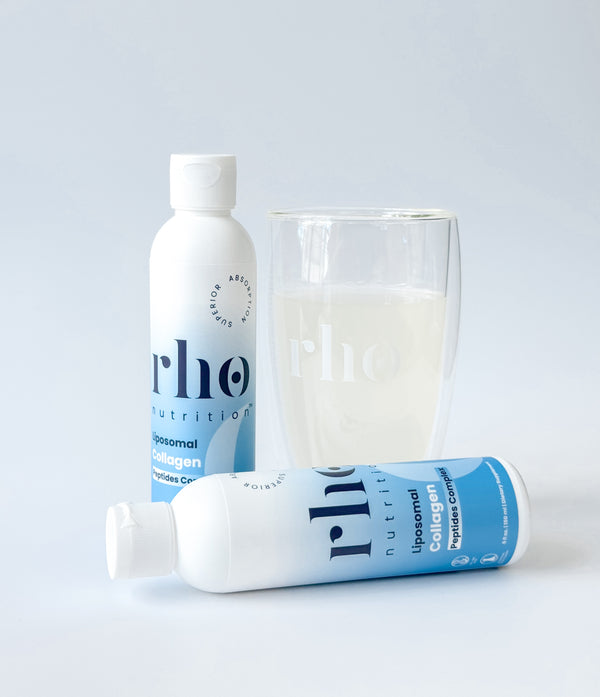
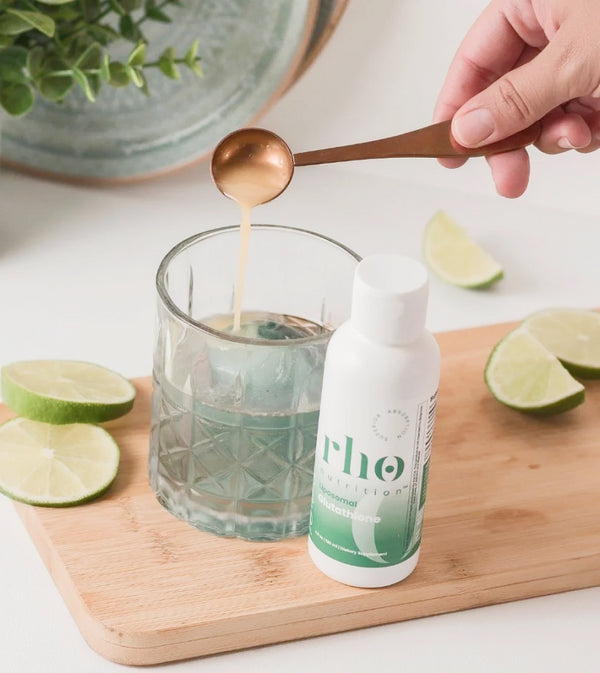

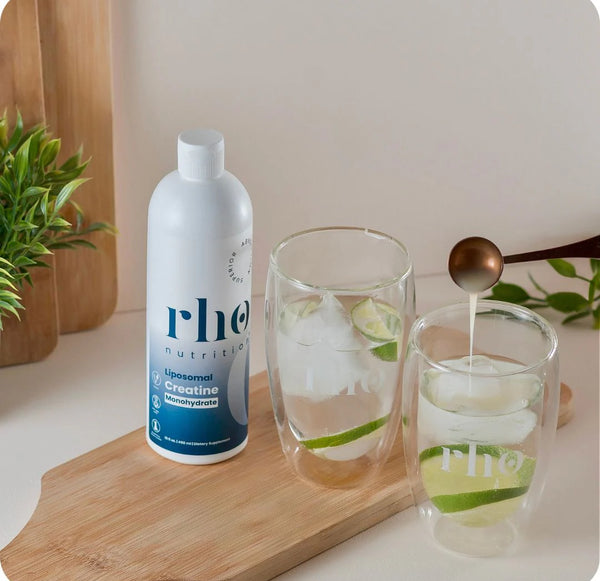



Leave a comment